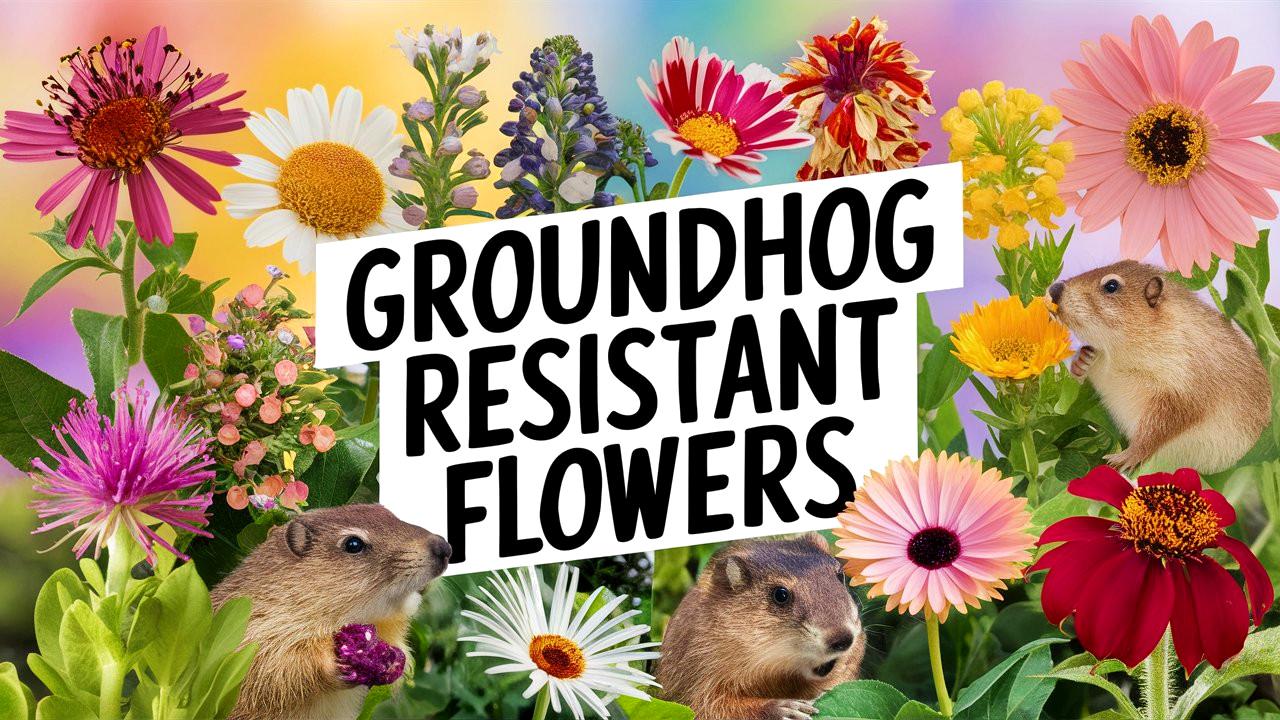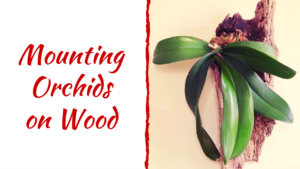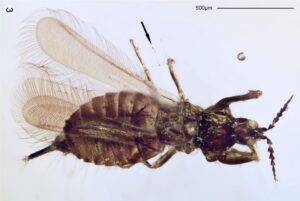Groundhogs, also known as woodchucks, are notorious garden pests that can wreak havoc on outdoor spaces if left unchecked. Their voracious appetites extend to a wide range of plants, making it essential for gardeners to carefully select flowers that can withstand their nibbling tendencies. Fortunately, numerous flower varieties resist their palates, enabling you to cultivate a beautiful and resilient garden.
In this guide, we’ll explore some of the best groundhog-resistant flowers, detailing their unique characteristics, care requirements, and the reasons they’re less appealing to these critters.
Alliums
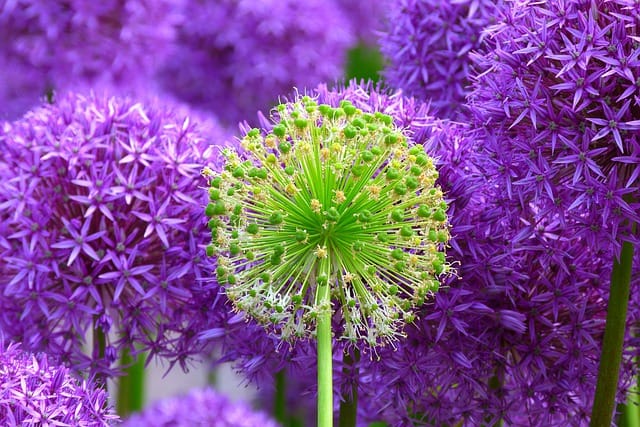
Alliums, commonly known as ornamental onions, are striking flowers that belong to the onion family (Alliaceae). Their unique globular flower heads feature clusters of tiny star-shaped blossoms, and they come in a variety of colors including purple, white, and yellow. One of the primary reasons groundhogs avoid these plants is their pungent smell, which resembles that of garlic or onions. This strong aroma can deter many herbivores, including groundhogs, from consuming them.
Alliums are also hardy and resilient, thriving in well-drained soil with full sun exposure. They are typically drought-tolerant once established, making them low-maintenance choices for gardeners. With blooming times ranging from late spring to early summer, they add a burst of color to gardens and landscape designs. Furthermore, Alliums attract pollinators like bees and butterflies, enhancing the ecological health of your outdoor space.
Marigolds
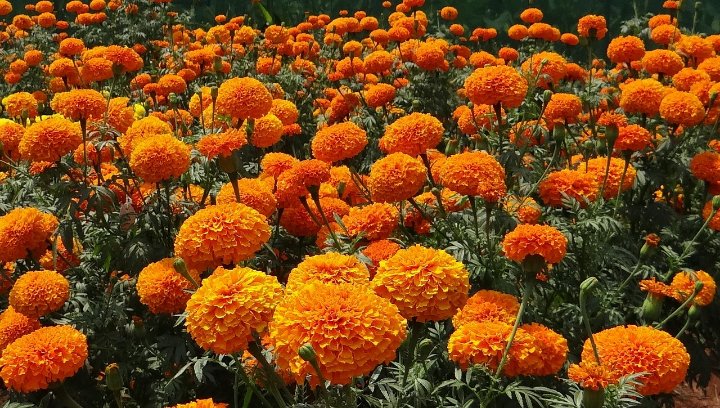
Marigolds (Tagetes spp.) are cheerful annual flowers known for their vibrant orange and yellow hues that instantly brighten up any garden bed. Aside from their aesthetic appeal, marigolds are also famous for their pest-repelling properties. The strong scent emitted by these flowers is off-putting to many garden pests, including groundhogs. The presence of marigolds in your garden may help keep these furry invaders at bay while attracting beneficial insects.
These flowers thrive in full sun and are forgiving of poor soil conditions, making them an excellent choice for novice gardeners. Marigolds bloom from late spring through frost, providing a long season of color. Additionally, their ability to grow in a variety of environments—ranging from containers to garden borders—adds versatility to their appeal. Moreover, marigolds can be grown from seed or purchased as young plants, offering flexibility in how you introduce them to your garden.
Daffodils
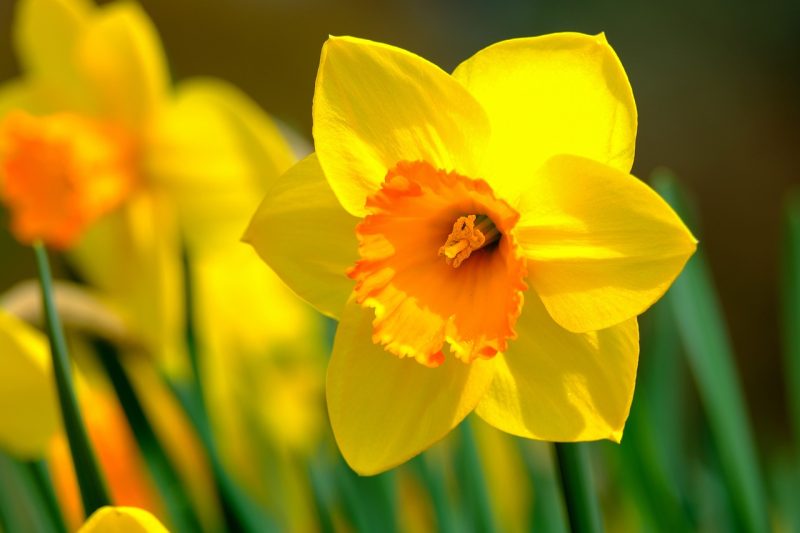
Daffodils (Narcissus spp.), with their distinctive yellow and white trumpet-shaped blooms, are a hallmark of spring gardens. These perennial flowers are not only admired for their stunning beauty but also for their animal resistance, particularly against groundhogs. The bulbs of daffodils contain toxic alkaloids like lycorine, which are unpalatable to both groundhogs and other herbivores. This natural defense mechanism makes daffodils an excellent choice for gardeners looking to deter not just groundhogs, but other garden pests as well.
Daffodils prefer well-drained soil and are best planted in the fall for spring blooms. They thrive in full sun to partial shade, and once established, they are relatively low-maintenance. Moreover, daffodils are excellent at naturalizing, meaning they will multiply over time, creating expansive patches of color. These hardy flowers can also tolerate various soil types, making them adaptable to different gardening conditions.
Lavender
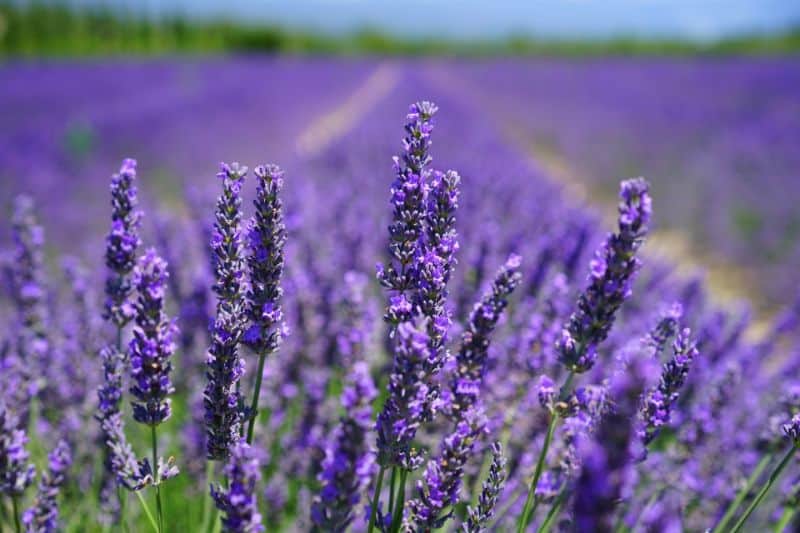
Lavender (Lavandula spp.) is celebrated not only for its captivating purple flowers and pleasant fragrance but also for its ability to repel many garden pests, including groundhogs. The aromatic oils in lavender emanate a strong scent that many animals find unappealing, making it a strategic addition to any garden seeking to fend off these bothersome creatures.
In addition to repelling groundhogs, lavender attracts beneficial pollinators such as bees and butterflies, adding ecological value to gardens. Lavender thrives in well-drained soil and prefers full sun, making it an ideal choice for xeriscaping or low-maintenance gardens. Once established, lavender is drought-tolerant and can prosper even in less-than-ideal soil conditions. Regular pruning after blooming encourages bushier growth and enhances its aromatic properties.
Peppermint
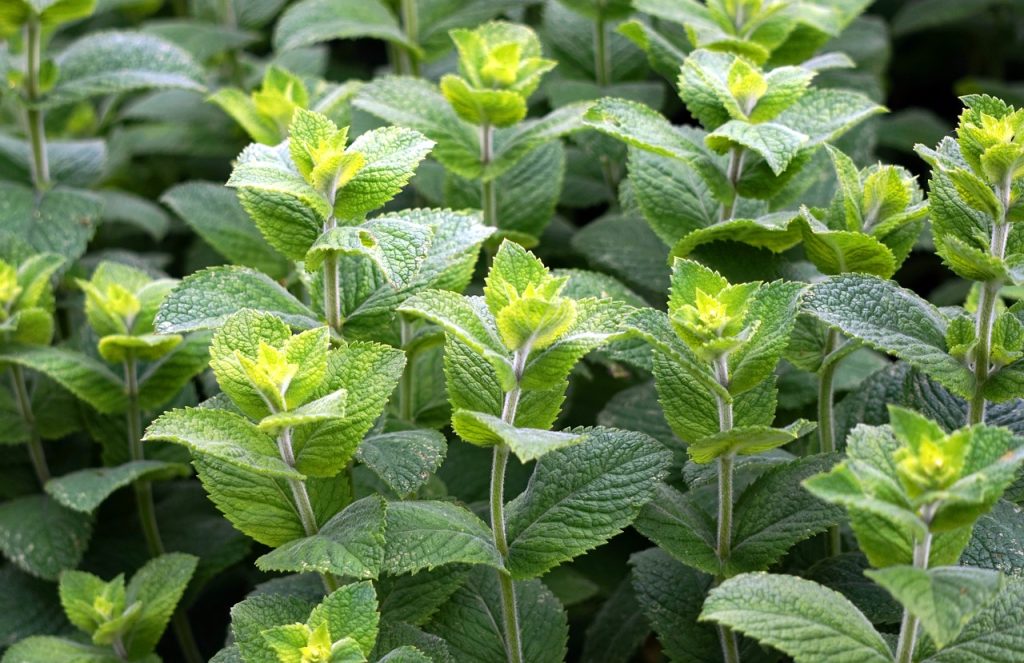
Peppermint (Mentha × piperita) is a perennial herb renowned for its refreshing scent and culinary attributes. Groundhogs tend to avoid peppermint due to its strong and invigorating aroma, which can overwhelm their sensitive noses. This herb not only provides a natural deterrent against herbivores but also offers culinary versatility, allowing gardeners to enjoy its leaves in tea, desserts, and savory dishes alike.
Peppermint grows best in rich, moist soil and enjoys partial shade to full sun, although it can adapt to a range of conditions. It can be invasive if not properly managed, so planting it in containers or designated garden spaces is advisable for controlling its spread. In addition to its role as a groundhog-resistant flower, peppermint attracts pollinators while providing fragrant foliage and edible ingredients for the kitchen.
Nasturtiums
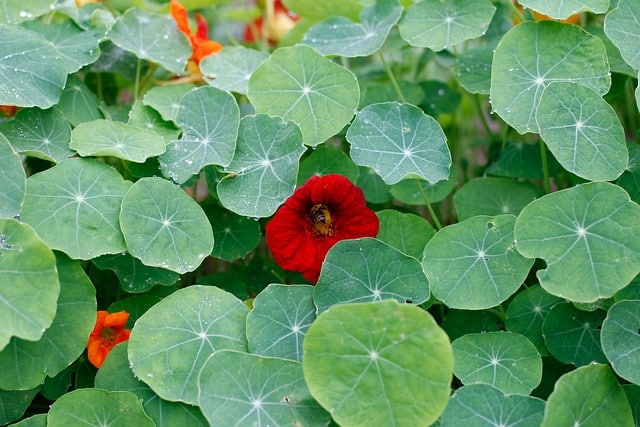
Nasturtiums (Tropaeolum majus) are vibrant, edible flowers that add a pop of color to gardens with their brilliant shades of orange, red, and yellow. These annual plants produce both flowers and leaves that are not only aesthetically pleasing but also edible, bringing diversity to your garden’s utility. Groundhogs typically steer clear of nasturtiums due to their peppery taste, which acts as a natural repellent.
Nasturtiums are incredibly easy to grow, thriving in poor soils and needing minimal fertilization. They prefer full sun but can tolerate partial shade. With a fast growth rate, these flowers can quickly cover ground, making them excellent candidates for creating lush trellises or ground cover. Their unique and spicy flavor makes them a delightful addition to salads, enhancing both visual appeal and culinary experience.
Geraniums
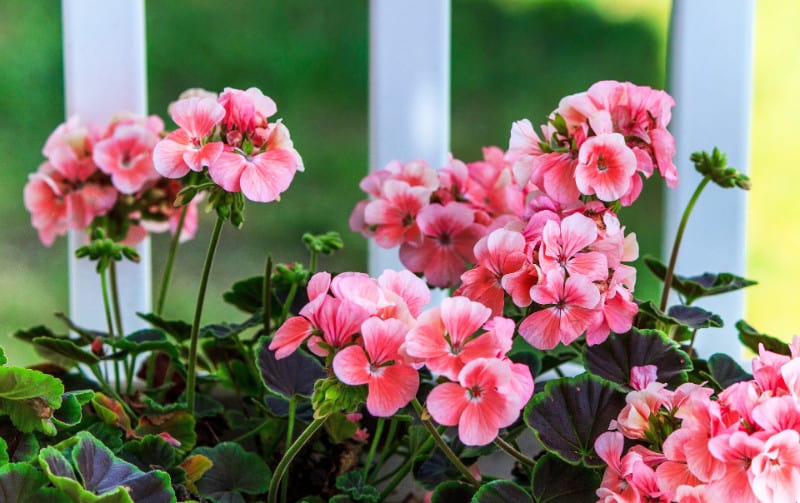
Geraniums (Pelargonium spp.) are a popular choice for gardeners, cherished for their colorful blooms and fragrant foliage. These perennial flowers are known for their resilience and ability to withstand adverse weather conditions. Groundhogs tend to avoid geraniums because of their strong scent, which can deter many herbivorous animals.
Geraniums flourish in well-drained soil and prefer full sun to partial shade. They are drought-tolerant and can thrive in containers or garden beds, providing versatility in landscaping designs. Additionally, geraniums are long-blooming, offering bursts of color throughout the growing season. With the added benefit of being relatively pest-resistant, geraniums represent a reliable option for gardeners looking to ward off groundhogs while colorfully enlivening their landscapes.
Chrysanthemums

Chrysanthemums, commonly known as mums, are perennial flowers favored for their vibrant blooms and wide range of colors. These flowers, blooming from late summer to fall, add a spectacular display to gardens. Groundhogs typically avoid chrysanthemums, although the exact reason is less clear than with other plants. Some believe that the compounds present in mums may be less appealing or possibly toxic to herbivores.
Chrysanthemums thrive in well-drained soil with plenty of sunlight. They can grow in varied conditions, making them adaptable to many garden environments. Regular deadheading encourages more blooms, enhancing their lush appearance throughout the season. Additionally, chrysanthemum foliage often provides excellent ground cover, creating a fuller appearance in garden beds while simultaneously repelling unwanted wildlife.
Sedum (Sedum spp.)
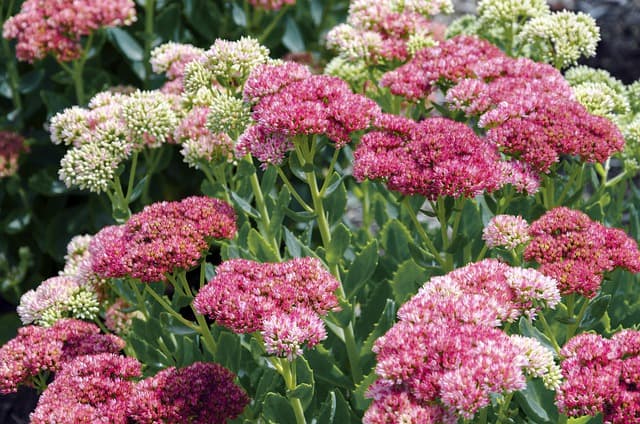
Sedum, or stonecrops, are succulent perennial plants known for their thick leaves and drought-resistant qualities. With a variety of species and cultivars, sedums offer a range of textures and colors for gardeners. Groundhogs typically bypass sedums because of their tough, fleshy leaves that can be unappealing to critters, paired with the plants’ ability to thrive in poorer soils.
Sedums are remarkably low-maintenance and thrive in full sun, although they can tolerate partial shade. They are particularly well-suited for rock gardens or as ground cover due to their spreading nature. Additionally, sedums attract pollinators and beneficial insects, making them an essential addition to ecological garden practices. Their unique ability to survive in challenging conditions, including drought, makes sedums an ideal choice for gardeners looking for resilience.
Bleeding Heart (Dicentra spp.)
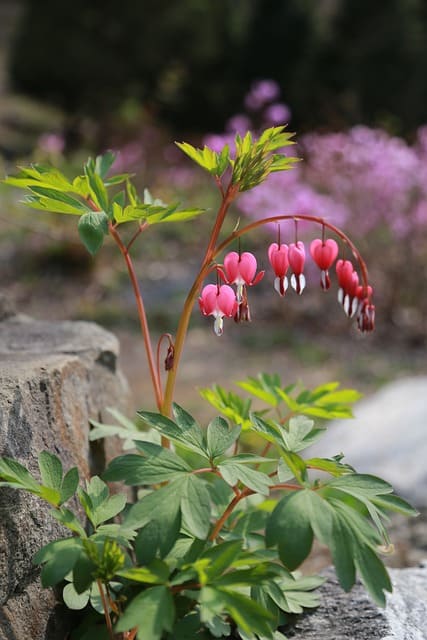
Bleeding Heart (Dicentra spectabilis) is a perennial garden favorite known for its unique heart-shaped flowers that dangle like charms along elegant arching stems. These plants bring whimsical beauty to shaded areas of the garden. The leaves and flowers of bleeding hearts contain alkaloids that may deter groundhogs and other herbivores, as these compounds can be toxic if ingested.
Bleeding heart plants prefer rich, moist soil and partial to full shade, making them perfect for woodland gardens. Once established, they require minimal care, showing stunning blooms each spring. The flowers bloom in shades of pink and white, often captivating gardeners with their unusual shape and delicate appearance. Their adaptability to shaded environments makes them an excellent choice for adding color to otherwise challenging areas.
Foxglove (Digitalis spp.)
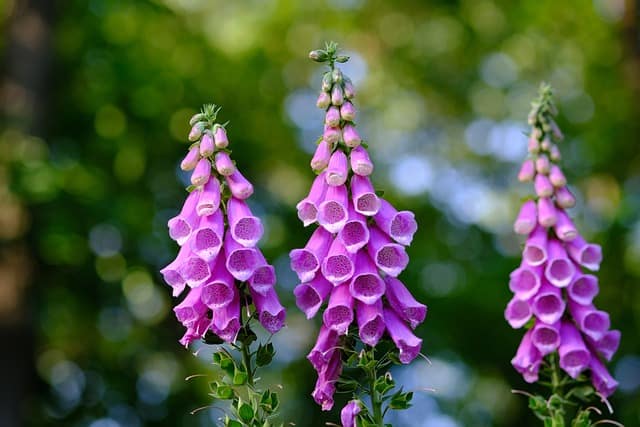
Foxglove, or Digitalis, is an enchanting biennial flowering plant celebrated for its tall spires adorned with tubular flowers that often bloom in shades of purple, white, and pink. Foxglove is known to be toxic to herbivores due to the presence of cardiac glycosides, making it less appealing to groundhogs and other garden pests. This toxicity offers a built-in defense mechanism for this captivating plant.
Foxglove thrives in well-drained soil and prefers partial shade, making it suitable for spots where other flowers may struggle. Its tall flowers create a stunning vertical element in garden designs, often attracting pollinators and adding variety to mixed perennial plantings. Gardeners should be aware of its toxicity when planting near pets or in gardens frequented by children, ensuring that this remarkable flower enhances the garden’s beauty safely.
Peony (Paeonia spp.)
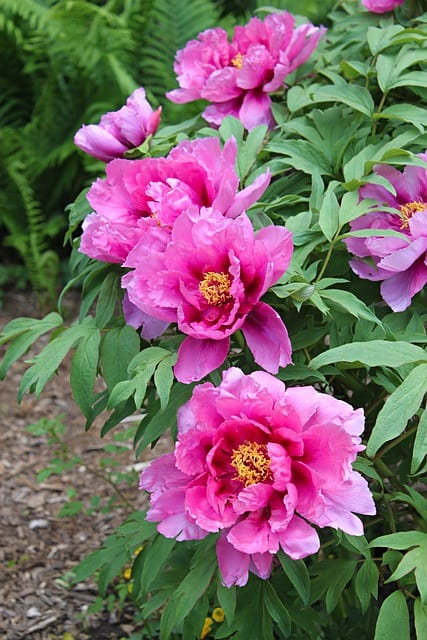
Peonies are beloved perennials known for their large, fragrant blooms that come in various colors, including white, pink, and deep red. These show-stopping flowers are not only visually appealing but also possess a tough exterior that groundhogs typically avoid. The dense foliage and strong stems of peonies can deter pests, adding another layer of resilience to the garden.
Peonies thrive in well-drained soil with lots of sunlight, requiring minimal maintenance once established. These perennial flowers can live for decades, often becoming a cherished plant passed down through generations. Their blooms, which typically appear in late spring to early summer, can be used in cut flower arrangements, bringing their stunning beauty indoors. With proper care, peonies can provide a magnificent display while offering a measure of protection against ravenous groundhogs.
Daffodils

Daffodils deserve a mention for their phenomenal beauty and groundhog-resisting properties. Apart from their aesthetic allure, daffodils possess the same toxic qualities mentioned earlier that make them unpalatable to groundhogs. These spring-blooming bulbs are easy to plant and care for, preferring sunny locations with well-drained soil.
Daffodils bloom for weeks, filling gardens with vibrant colors while serving as a reliable deterrent against wildlife. They are ideal for naturalizing in gardens, often multiplying and yielding more blooms year after year. Their hardiness allows them to thrive in various climates, making them accessible to gardeners across different regions. The combination of beauty, resilience, and wildlife resistance solidifies their place as one of the best choices for groundhog-resistant gardens.
Fritillaries
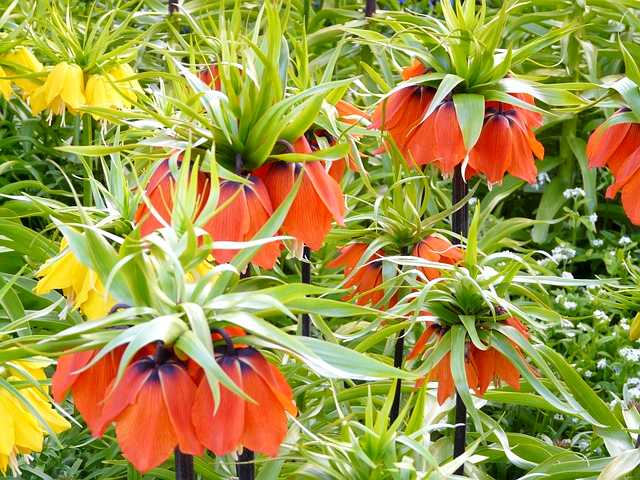
Fritillaries, particularly Fritillaria meleagris, also known as the snake’s head fritillary, are unusual yet captivating flowers characterized by their unique checkered patterns. These perennial bulbs are less appealing to groundhogs and other mammals, likely due to their specific growing conditions and slightly toxic properties. The rich colors and interesting form can add depth and intrigue to any garden.
Fritillaries thrive in moist, well-drained soil and prefer partial shade to full sun. They bloom in the early spring, offering a delightful surprise after the winter thaw. Their availability in various forms and colors allows them to be integrated into diverse garden styles. These flowers are also excellent for attracting early bees, fostering a healthy ecosystem and enhancing garden biodiversity.
Galanthus
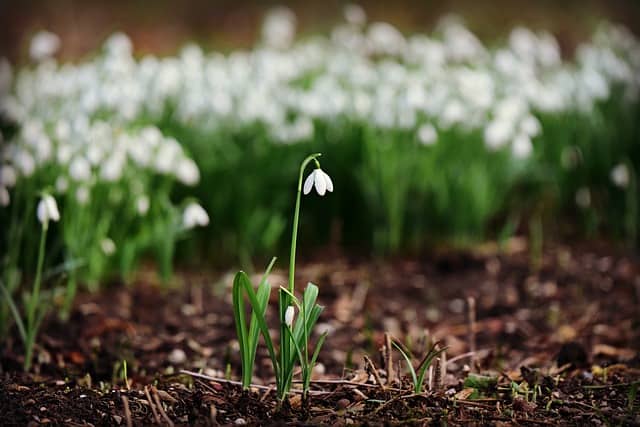
Galanthus, or snowdrops, are among the earliest bloomers in spring, often peeking through the last remnants of winter snow. These delicate white flowers tend to be resistant to groundhogs due to their slightly toxic nature. Their sweet blooms are a welcome sight in the early garden, heralding the change from winter to spring.
Snowdrops grow best in moist, well-drained soils and prefer partial shade. They are capable of naturalizing, often leading to charming drifts of white flowers that can cover large areas in the garden. With a gentle fragrance and a graceful demeanor, Galanthus not only beautifies the landscape but also contributes to its resilience against groundhogs and other potential threats.
Hyacinths
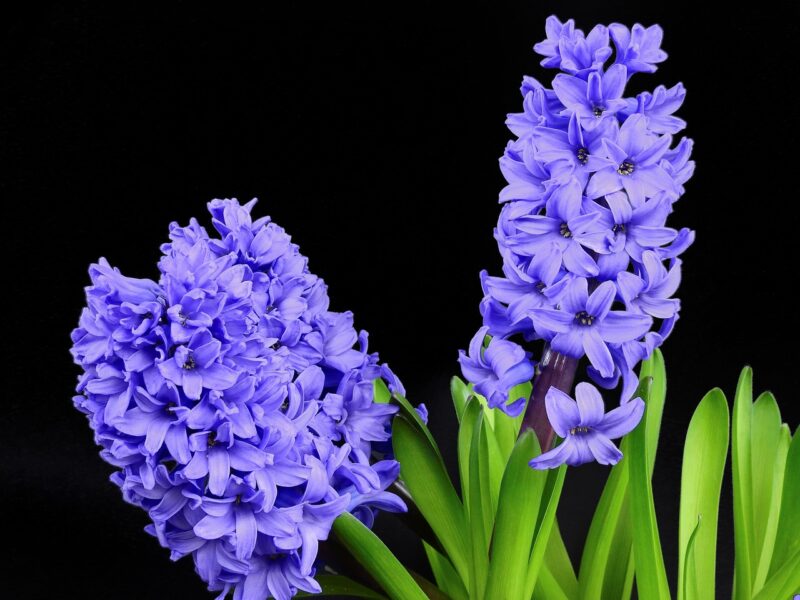
Hyacinths (Hyacinthus spp.) are known for their exuberant form and intoxicating fragrance. These spring-flowering bulbs create a stunning display with their tightly clustered flowers available in a rainbow of colors. Hyacinths can pose a deterrent to groundhogs due to their toxicity, which renders them less appealing to many herbivores.
Hyacinths thrive in well-drained soil and prefer full sun to light shade. They benefit from regular watering but can withstand short periods of drought, making them relatively easy to maintain. Their blooms contribute to both the aesthetic and sensory experience of the garden, combining beauty with a rich fragrance. Hyacinths can also be grown in pots or as part of mixed flower beds for a vibrant garden display while keeping unwanted pests away.
Lily of the Valley
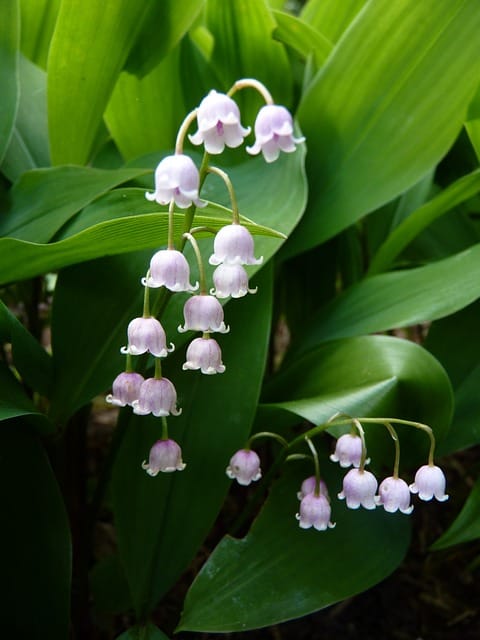
Lily of the Valley (Convallaria majalis) is a charming perennial plant known for its tiny, bell-shaped flowers and sweet fragrance. Despite its delicacy, this plant carries built-in defenses that make it less palatable to groundhogs and other foragers. Both the leaves and flowers are toxic, providing a natural deterrent against herbivores.
Lily of the Valley thrives in well-drained, shaded areas of the garden, making it an excellent choice for woodland settings. Once established, it forms dense colonies, offering both beauty and ground-covering capabilities. The white flowers bloom in spring, filling the air with a delightful scent that enhances the garden’s atmosphere. Beyond their ornamental value, these resilient plants remind gardeners of the delicate balance between beauty and natural wildlife deterrence in garden design.
Narcissus
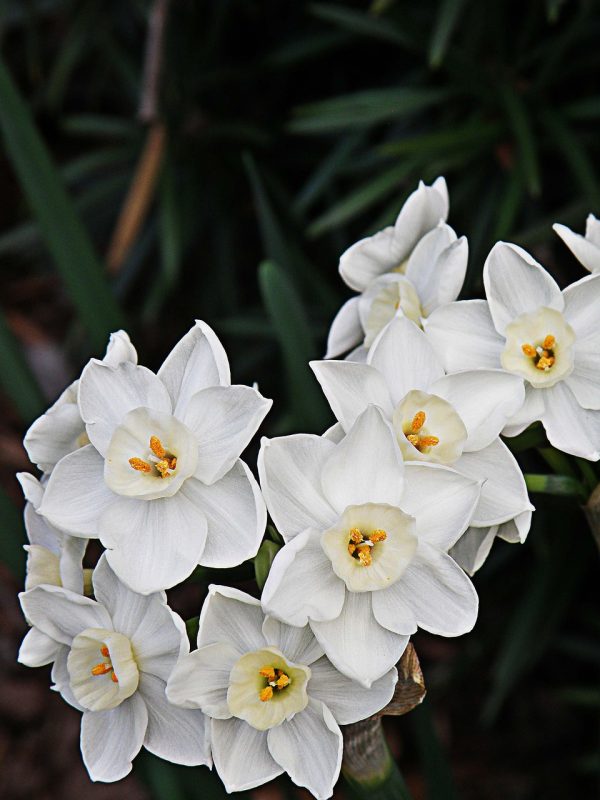
Narcissus, commonly known as daffodils, reinforces the theme of flower resilience against groundhogs. With a strong toxicity that protects them from herbivores, Narcissus flowers bring striking beauty and color to gardens each spring. The array of blooming forms ranges from classic yellow to white and even pink varieties, providing ample options for gardeners.
Planting Narcissus bulbs in well-drained soil and full sun maximizes their blooming potential. These perennial flowers can naturalize, multiplying and bringing joy for many years. The presence of Narcissus not only boosts the visual landscape but establishes a safeguard against groundhogs and other garden pests, making them valuable allies in garden management.
Crown Imperial
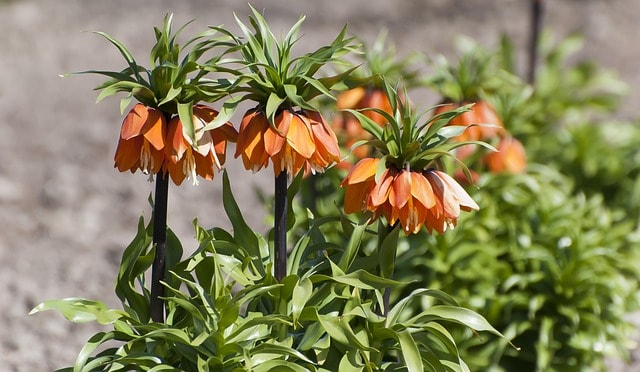
Crown Imperial (Fritillaria imperialis) is a stunning, tall perennial flower recognized for its unique, crown-like flower head that makes a bold statement in any garden. Able to withstand various growing conditions, crown imperial is less attractive to groundhogs, possibly due to its toxicity or strong fragrance.
Crown Imperial bulbs prefer well-drained soil and full sun, thriving best when given proper space to display their size and grandeur. Blooming in early spring, these unique flowers can create striking highlights in borders or as focal points. Their impressive height and vibrant colors make them both functional and beautiful, serving as excellent options for filling garden spaces that demand visual intrigue without attracting unwanted attention from groundhogs.
Salvia
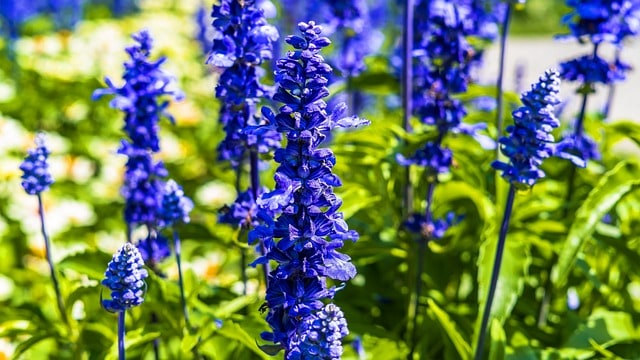
Salvia, or sage, is a diverse plant genus known for its colorful blooms and aromatic properties. Salvia spp. are resistant to groundhogs largely due to their robust fragrances, which many animals find overwhelming. Additionally, the foliage of salvia can sometimes be unpalatable to herbivores.
Salvia prefers full sun and well-drained soil, thriving in various garden settings, including borders and rock gardens. They are drought-tolerant once established, offering low-maintenance, vibrant color throughout the growing season. Salvia plants also attract a range of beneficial insects, including bees and butterflies, promoting a healthy ecosystem while providing aesthetic value. The resilience of salvia against groundhogs makes it a cornerstone for any garden looking to deter unwanted pests.


